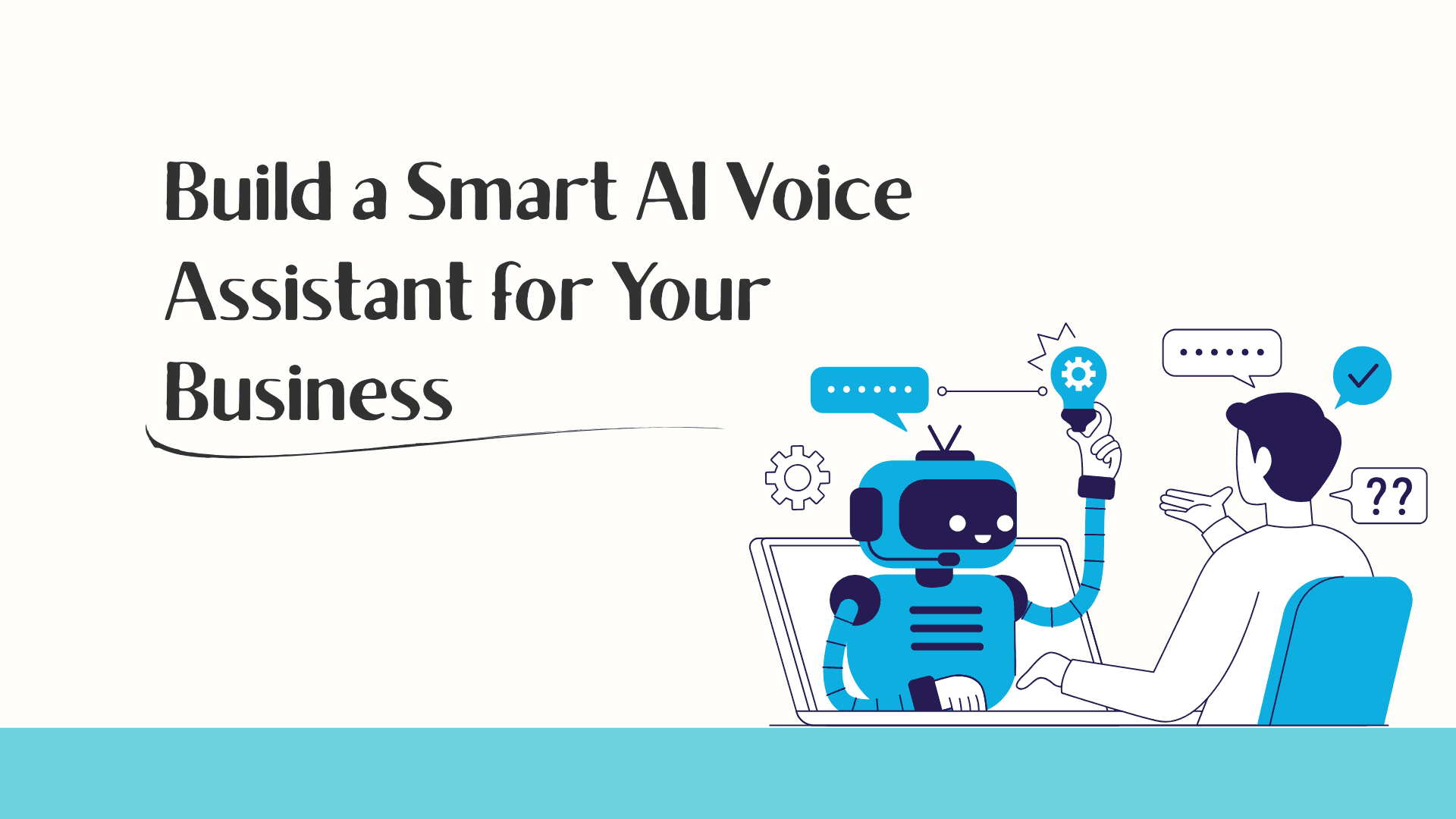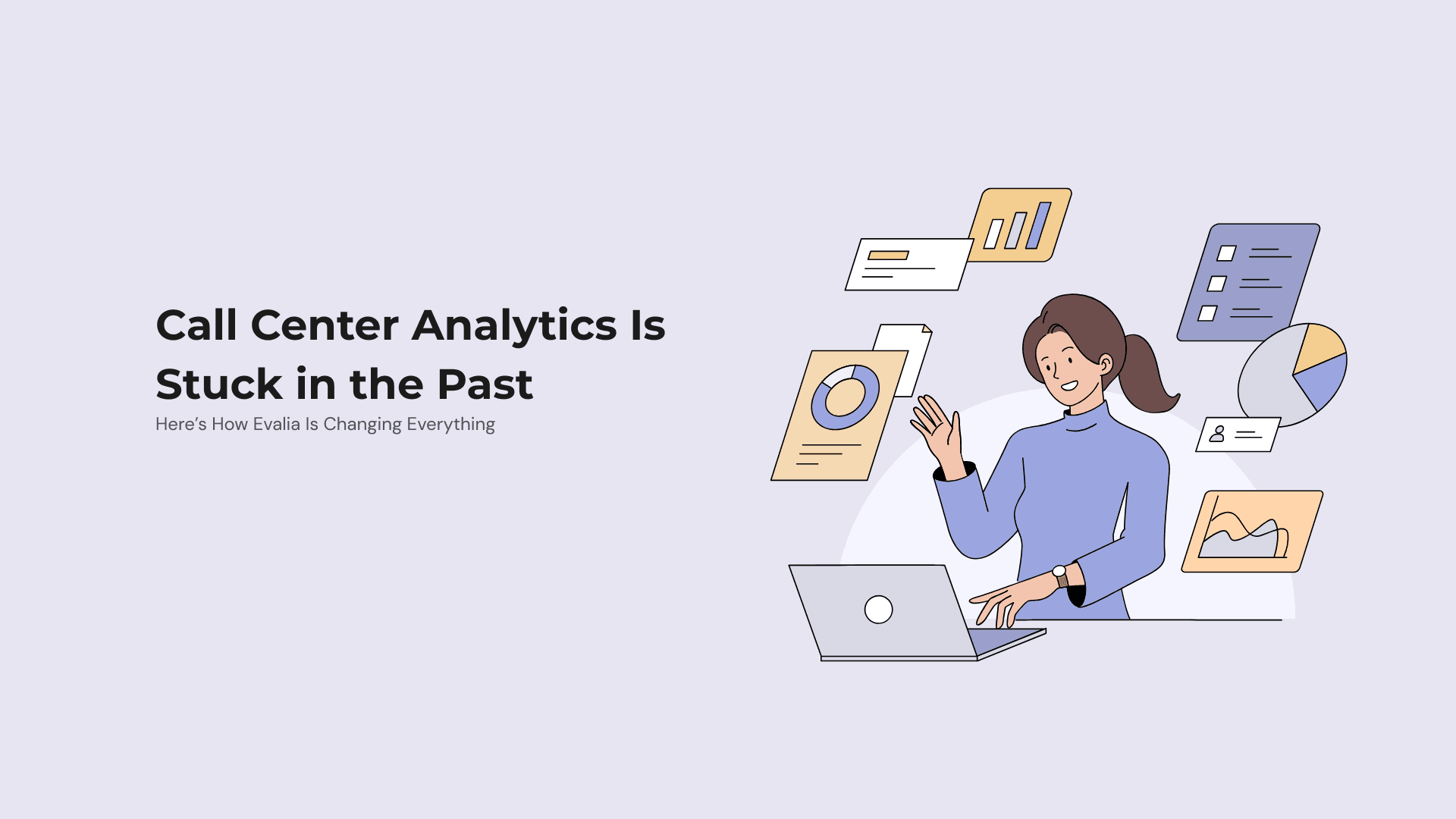
9 Smart Programming Myths That Waste Time
If you’re new to coding or even a seasoned developer, you’ve probably heard plenty of advice that sounds smart but can actually slow you down. At our company, we’re always looking for ways to write better code and be more efficient. Over time, one thing has become clear: some of the “best practices” you hear about are really just time traps in disguise.
Whether you’re in a coding bootcamp, studying for a cyber security cert, or taking a data science class, knowing which programming habits actually help and which ones don’t can save you tons of frustration and wasted hours. So, let’s take a look at nine common programming myths that seem smart but often just get in the way. And of course, I’ll share what to do instead.
1. You Have to Use the Latest Technology, Always
New languages and frameworks pop up all the time. It’s easy to feel like you need to jump on the newest thing to keep up or get ahead.
Here’s the reality: Most companies still run on older, proven tech like PHP, Java, and SQL. These tools are solid, well-understood, and power the internet behind the scenes.
What to do: Stay curious and keep an eye on new tools, but don’t toss aside the classics. Mastering foundational tech gives you a much stronger base, whether you’re in cyber security, full-stack development, or data science.
2. There’s Only One “Right” Way to Write Code
Some folks are die-hard fans of object-oriented programming. Others swear by functional programming.
The truth: There’s no single right answer. Every project is different and might call for different styles.
Better approach: Use what makes sense for the job. Sometimes mixing styles gives you the best results.
3. Clean Code Is Always the Top Priority
Writing neat, organized code is important. But when you get obsessed with perfect variable names or endless refactoring, it can hold you back.
Reality check: Spending too much time polishing code before it even works can delay shipping features.
What works better: Focus on making your code work first. Clean it up after it’s tested and stable. Many experts recommend this approach because getting results matters most.
4. DRY (Don’t Repeat Yourself) at All Costs
DRY is a core principle, but taken too far it can make your code overly complicated.
Why: Trying to eliminate every single repeated line right away can make your code harder to read and maintain.
Instead: Let some repetition slide early on. If you see a pattern causing problems later, then refactor.
5. 100% Test Coverage Means Bug-Free Code
Testing is vital no argument there. But chasing 100% coverage doesn’t guarantee your app is solid.
The catch: Some tests just check trivial stuff and don’t actually improve your product’s quality.
Better mindset: Write tests that matter. Focus on catching real bugs, especially in critical areas like security, performance, and user experience. This approach is a staple in cyber security and quality assurance training.
6. Always Optimize for Speed Right Away
We all want fast apps, but trying to optimize before your code even works wastes a lot of time.
The reality: Most apps don’t need micro-optimization until they’re much bigger.
Smart move: Get your app working first, then measure where the real bottlenecks are. Optimize only if and when it actually matters.
7. Build for Scale from Day One
It seems logical to prepare your app for millions of users from the start, but…
The truth: Most products never hit massive scale. And premature complexity makes maintenance a headache.
What to do: Start simple. Use easy infrastructure. When growth really demands it, then add advanced scaling techniques.
8. Relying Too Much on AI Coding Tools
AI tools like Copilot and ChatGPT can be game-changers for coding speed, but they aren’t flawless.
Watch out: Over-dependence on AI might cause you to miss bugs, add unnecessary code, or weaken your problem-solving skills.
Use AI wisely: Let it help you, but still write code carefully and think critically. This is especially important if you’re prepping for data analyst roles or technical interviews.
9. Ignoring the Fundamentals
Frameworks and libraries change fast, but basics like algorithms, data structures, and system design don’t.
Why it matters: Without solid foundations, your understanding will be shallow, and your code will suffer.
Best bet: Spend time mastering core concepts. This groundwork pays off in every field from data science to Google certification prep.
Final Thoughts
Tech moves fast, and everyone’s got advice about what’s “best.” But not all advice is created equal. Whether you’re bootcamping, chasing a cyber security cert, or diving into data analytics, the smartest move is to build software that actually solves real problems.
Focus on practical skills, balance your time wisely, and don’t fall for every shiny new trend. That’s how you get better, faster, and happier at coding.
You might also like

Runway Gen-4.5 AI Video Model - Faster and Smarter Than Google and OpenAI
Runway launches Gen-4.5 AI video model. It can turn text into videos quickly and beats models from Google and OpenAI in tests.

Build a Smart AI Voice Assistant for Your Business Fast, Simple, and Ready to Use
Create your own AI voice assistant in minutes with Kayan. Answer customer questions, handle calls, and improve support without coding or technical skills. Simple, fast, and ready to use.

Call Center Analytics Is Stuck in the Past Here’s How Evalia Is Changing Everything
Discover how Evalia’s AI helps call centers improve agent performance, deliver better customer experiences, and track every call for insights all automatically and in real time.
Enjoy this article?
Subscribe to our newsletter to get more insights on technology, design, and the future of digital innovation.
CRTVAI
Unlock AI's full potential with expert insights from leading software innovators. Subscribe for exclusive content on ChatGPT integration, custom development solutions, and transformative technologies that deliver measurable business results.
Popular Posts

10 Software Design Patterns Made Simple: A Guide for New Programmers

Google Gemini 2.5 Pro and China’s AI Boom Are Rewriting the Rules of the AI Race

Why Everyone in MENA is Talking About Evalia AI for Call Centers
